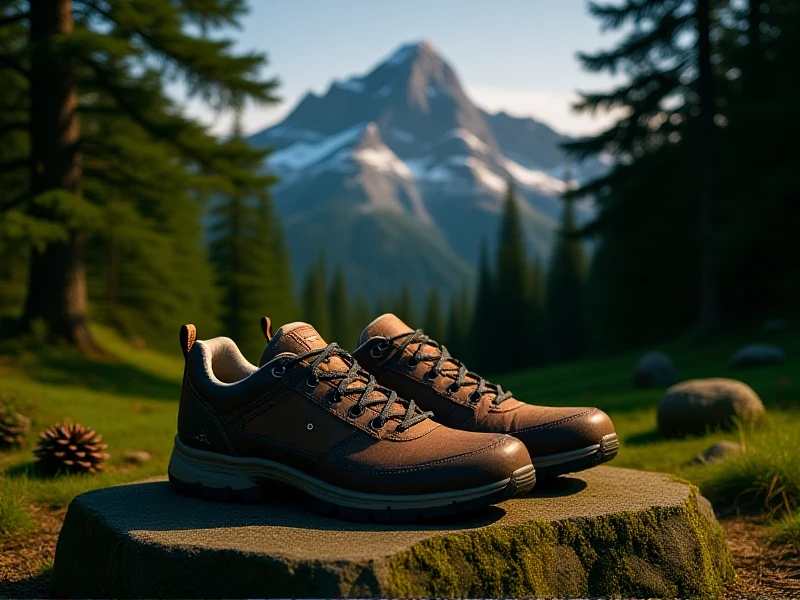
Hiking Boots: Your Ultimate Adventure Companions Explained
****
Hitting the trails offers unmatched freedom and connection with nature. But conquering rocky paths, muddy slopes, and unpredictable weather demands reliable footwear. Your ordinary sneakers just won't cut it. That's where a sturdy, high-quality pair of hiking boots becomes your most essential gear – not just footwear, but your foundation for safety and enjoyment on every adventure.
Why Hiking Boots Matter: More Than Just Tough Looks
Think of rugged terrain. Loose scree, slippery roots, unstable rocks – these demand maximum grip. Proper hiking boots feature aggressive outsoles made of specialized rubber compounds (like Vibram®) engineered to bite into diverse surfaces. This translates to significantly better traction than standard shoes, preventing slips and falls, especially when carrying a pack or navigating wet conditions.
Furthermore, the uneven ground poses a real threat to your ankles. The stiff, supportive midsole and higher ankle collar characteristic of hiking boots provide crucial stability. This support helps prevent painful rolls and twists, particularly when traversing side hills or uneven ground over long distances. This ankle protection is a key differentiator from lower-cut alternatives. Under your feet, superior cushioning absorbs the constant impact of walking on hard or rocky trails. Combined with a shank in the sole for torsional rigidity, they offer significant protection against bruising and excessive foot fatigue, allowing you to hike longer and more comfortably.
Built to Endure the Elements
Adventure often means facing rain, mud, streams, or dust. Waterproof hiking boots, typically featuring membranes like Gore-Tex®, are your best defense. They seal out external moisture while allowing internal sweat vapor to escape. For scorching dry trails, lighter non-waterproof, highly breathable boots prevent overheating and quickly dry if splashed.
Materials define longevity. Full-grain leather boots offer premium durability, abrasion resistance, and excellent water-resistance once treated. They mold well to the foot although they require more breaking in. Split-grain leather or suede combined with breathable synthetic materials creates lighter boots, often breaking in faster. The toughest hiking boots feature reinforced 'bumper' rubber caps protecting the vulnerable toe and heel areas from impact and abrasion on rocks.
Finding Your Perfect Pair
Choosing hiking boots isn't one-size-fits-all. Consider your typical terrain:
- Day Hikes/Moderate Trails: Mid-weight or light boots with good cushioning and medium support.
- Backpacking/Rugged Terrain: Choose sturdier boots with maximum ankle support, torsional rigidity, and durability to handle the extra weight and rougher ground.
- Mountaineering: Require specialized stiff-soled mountaineering boots compatible with crampons.
Prioritize fit above all else. Your heel should be locked firmly with minimal lift, the boot should feel snug around the mid-foot without pinching, and there should be ample space (about a thumb's width) in front of your longest toe when standing. Always try hiking boots on later in the day with the thick socks you intend to hike in. Plan for a careful break-in period with shorter walks before tackling epic distances.
Invest in Your Adventure
More than just rugged footwear, the right hiking boots are your safety net and foundation for exploration. They conquer technical terrain, protect your feet from the elements, and provide the essential stability and support for miles of discovery. Understanding their essential features and ensuring the perfect fit empowers you to step confidently onto the trail and embrace the wilderness. Don't let your feet be the weak link; get the perfect pair of hiking boots and truly own your path.